

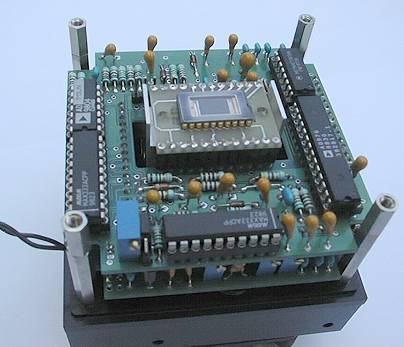
| B | G | B | G | B |
| G | R | G | R | G |
| B | G | B | G | B |
| G | R | G | R | G |
The following image shows the relative sensitivity of the three CFA-matrix colours of the KAF-0400C. The curves represent the spectral response of a pixel resulting from the spectral transmissivity of the its associated filter.
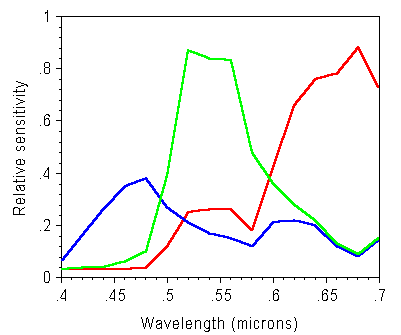
It is clear from this figure that the the blue filter is very poor at filtering the red and infrared parts of the spectrum; in other words, the blue filter passes as much infrared light as blue, which is clearly less than ideal for reconstituting a well colour-balanced image. It is therefore recommended to use a filter at some point in the optical path to suppress the infrared part of the spectrum. The following curves show the spectral sensitivity of the KAF-0400C when used with a BG18 filter or a KG3 filter respectively.
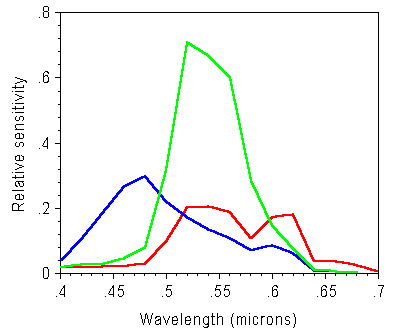
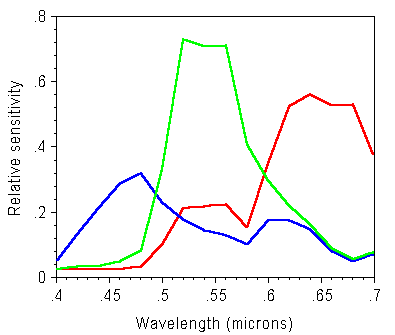
Transmission characteristics of a 1mm-thick BG18 filter.
Lambda(µm) Transmission
.30
.000
.32
.005
.34
.174
.36
.402
.38
.521
.40
.603
.42
.658
.44
.713
.46
.759
.48
.786
.50
.813
.52
.813
.54
.795
.56
.722
.58
.594
.60
.411
.62
.274
.64
.146
.66
.064
.68
.027
.70
.009
.72
.003
.74
.001
.80
.000
.85
.000
.90
.000
.95
.000
Transmission characteristics of a 2mm-thick KG3 filter
Lambda(µm) Transmission
.30
.018
.32
.284
.34
.654
.36
.823
.38
.859
.40
.836
.42
.815
.44
.819
.46
.819
.48
.835
.50
.846
.52
.840
.54
.842
.56
.858
.58
.849
.60
.830
.62
.793
.64
.740
.66
.674
.68
.601
.70
.513
.72
.423
.74
.333
.80
.124
.85
.042
.90
.013
.95
.004
The BG18 suppresses the infrared successfully, but to the point where
a large part of the red spectrum has been suppressed too, including the
H-alpha ray region, of interest in astronomy. The KG3 filter is more satisfactory
in this regard, but has a poorer spectral purity for everyday image capture:
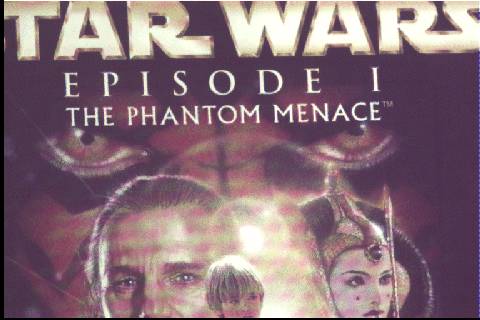 |
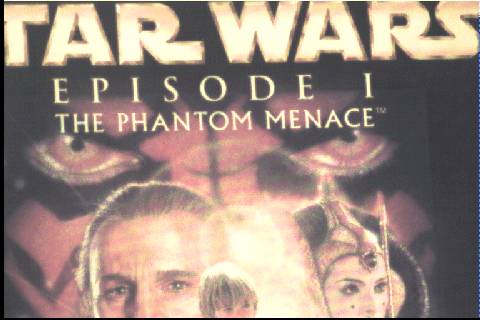 |
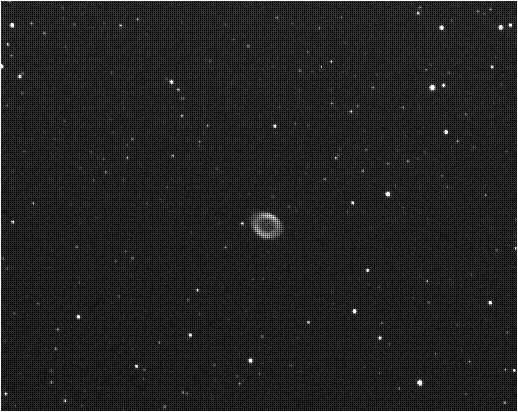
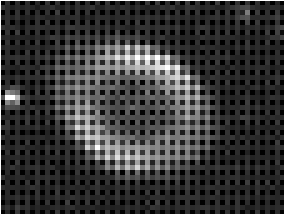
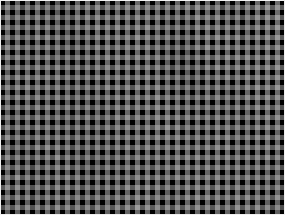
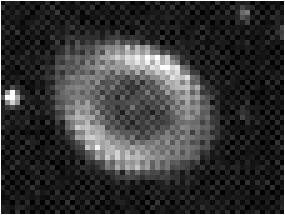
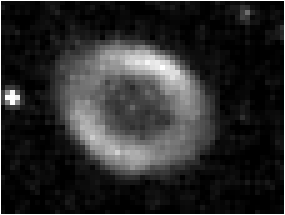
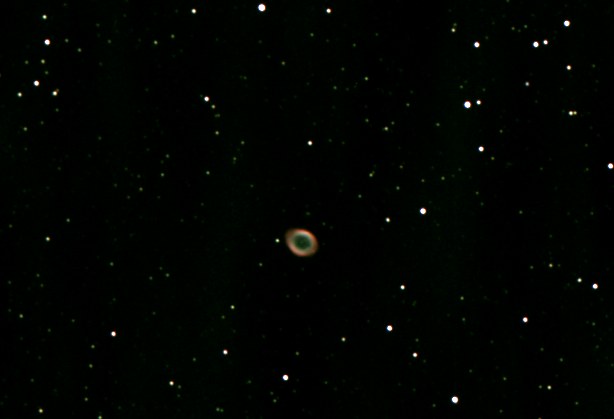
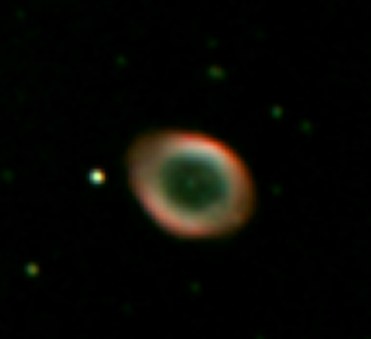
A summary of the procedures used to produce the image above is now given:
Step 1: take a large number of images of the object of interest, ensuring that the object is
displaced a few pixels in X and Y for each image taken.
Step 2: remove the offset and dark photometry values from each image.
Step 3: divide each image by the flat-field.
Step 4: apply the CFA command to each image.
Step 5: Recentre each of the images using one colour image only as reference.
Step 5: produce three BMP files containing the combined individual colour images.
If a command such as SAVEBMP is used, make sure not to "erode" the
signal in order to ensure that the final quality of each image is maintained
and to keep as much of the relative spectra in the final colour image.
Step 7: generate a 24-bit image, e.g. using software such as Paint Shop Pro to
combine the three BMP images.
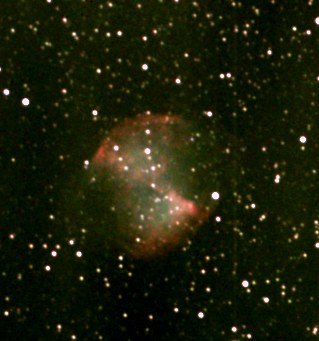
The basic advantage of the KAF-0400C is that it can produce colour images without requiring three separate image capture sequences and colour filter changes, i.e. more simply. For precise photometry analyses, however, the individual filter approach is still preferable (better spatial resolution and knowledge of the individual filter characteristics).
It is important to restress that the KAF-0400C is significantly less
sensitive than the KAF-0400, typically of a factor of 3 to 4 over the average
of the RGB filter range. It is therefore not ideal for routine deep-sky
observations.
|
|
|
|